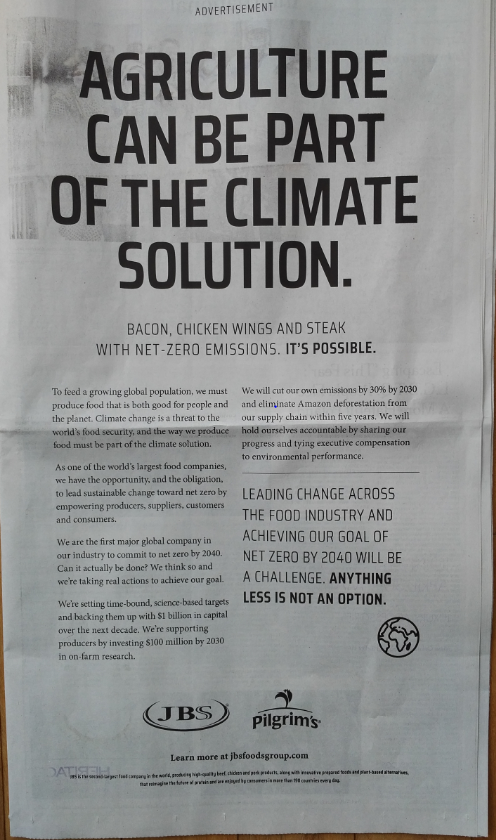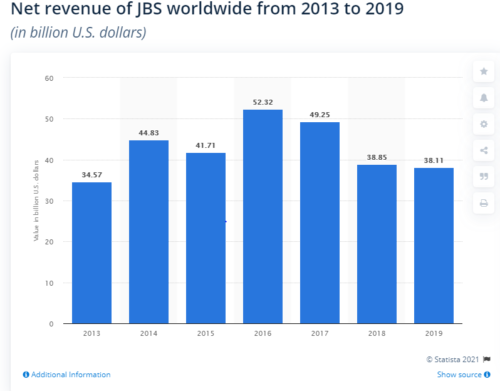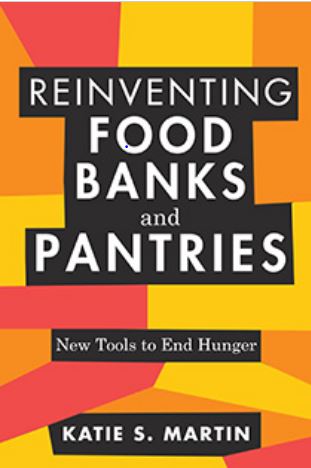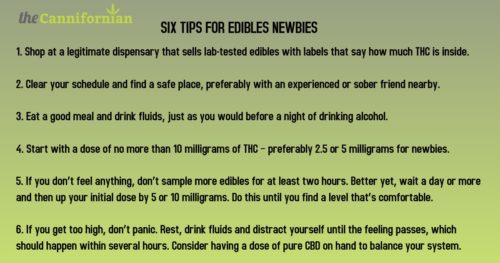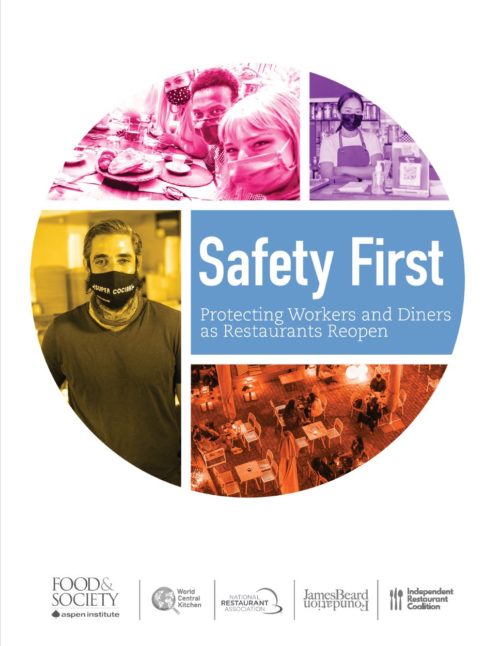What the Green New Deal says about food
Representative Alexandria Ocasio-Cortez (Dem-NY) and Senator Ed Markey (Dem-MA) have reintroduced their bipartisan bill for a Green New Deal, H. Res. 109, aimed at preventing further climate change.
The Green New Deal provides for improvements to food systems and to food access (with my editing and emphasis):
- Resolved that it is the duty of the Federal Government to create a Green New Deal to secure for all people of the United States for generations to come—healthy food.
- The goals should be accomplished through a 10-year national mobilization (the “Green New Deal” mobilization”) that will require workfing collaboratively with farmers and ranchers in the United States to remove pollution and greenhouse gas emissions from the agricultural sector as much as is technologically feasible, including by (a) supporting family farming, (b) investing in sustainable farming and land use practices that increase soil health, and (c) bulding a more sustainable food system that ensures universal access to healthy food.
- To achieve the Green New Deal goals and mobilization will require providing all people of the United States with clean water, clean air, healthy and affordable food, and access to nature.
The details are yet to come, but this plan has much to offer and deserves widespread support.
The Green New Deal was first introduced in 2019.

